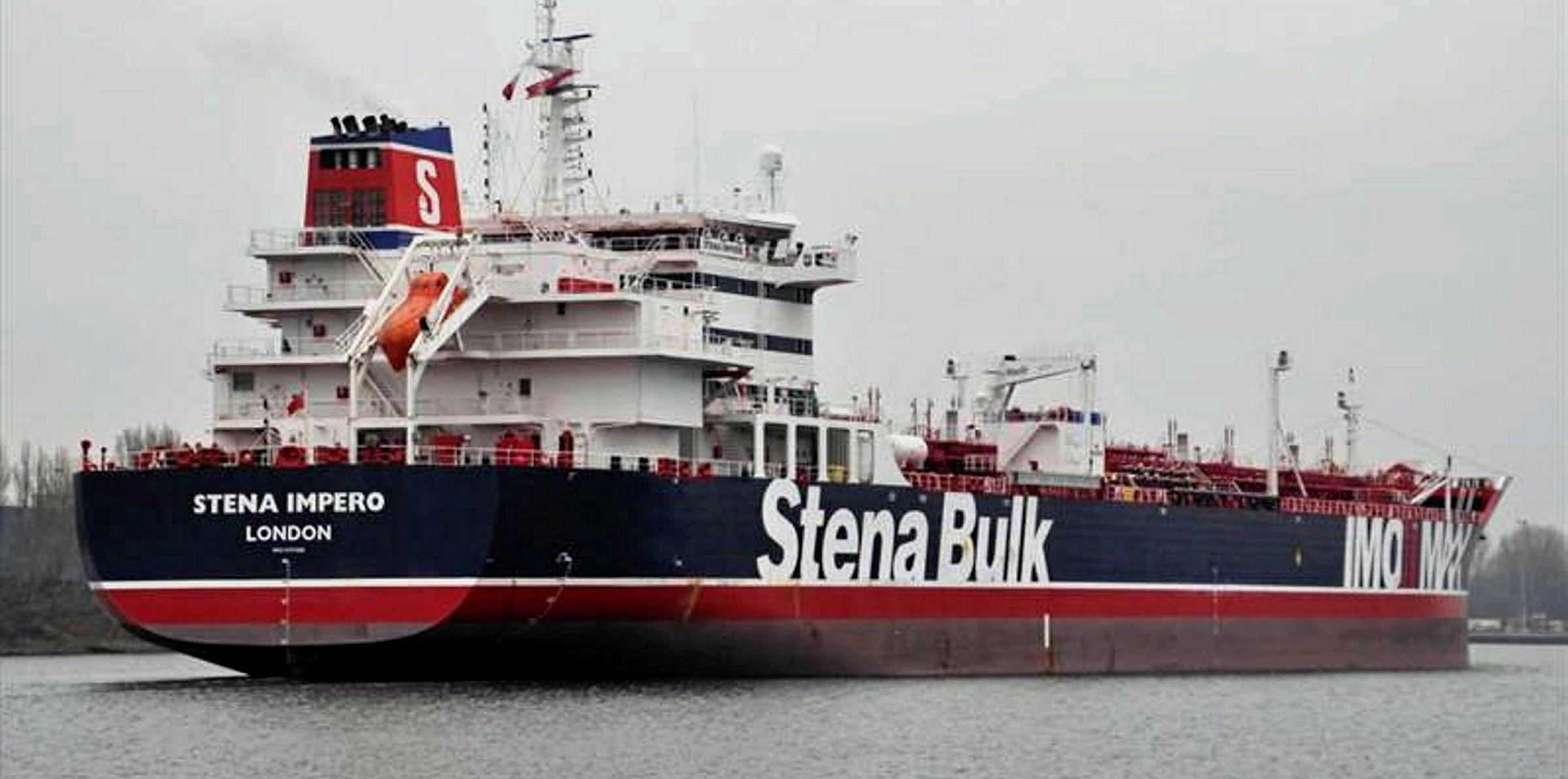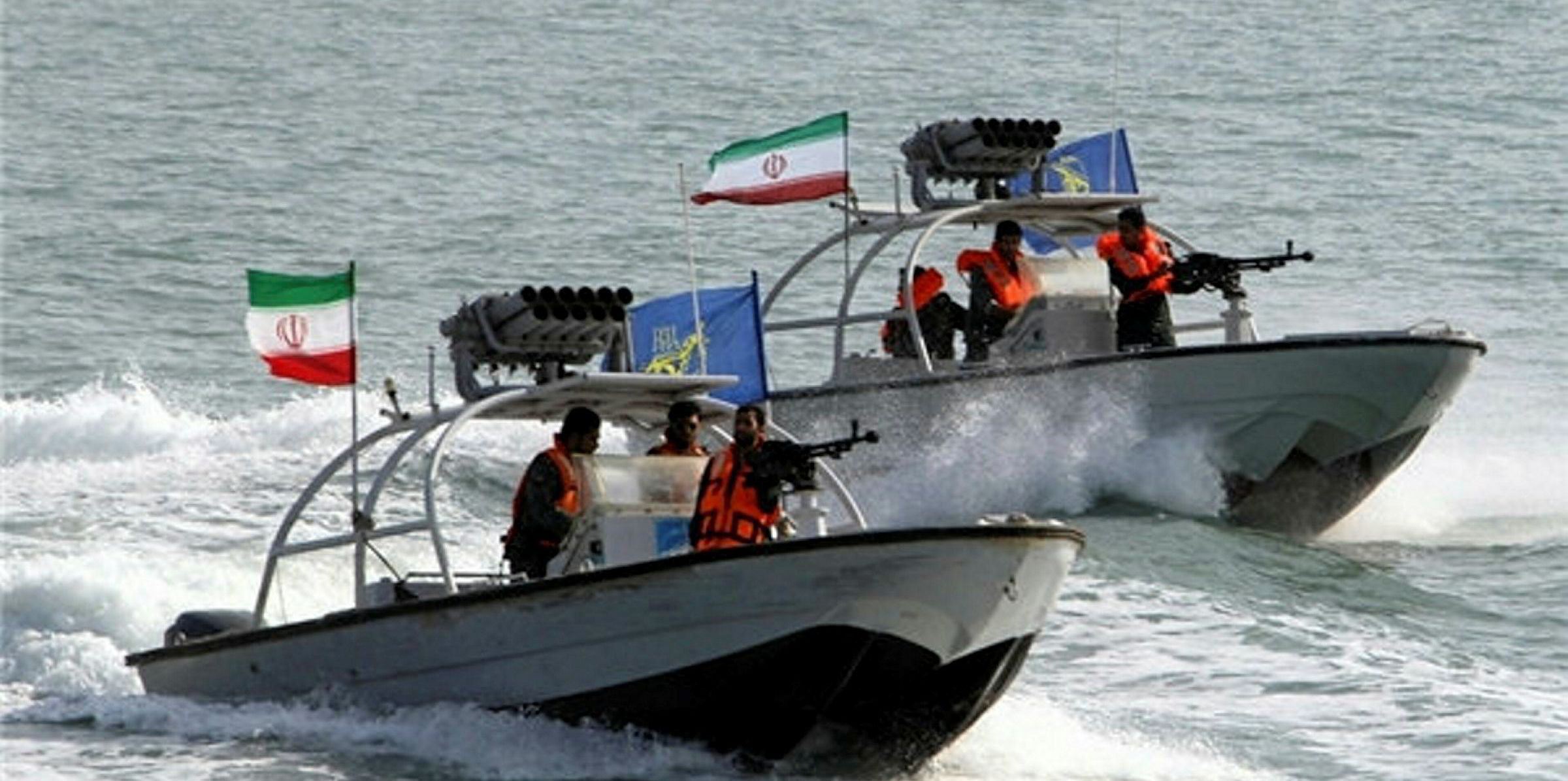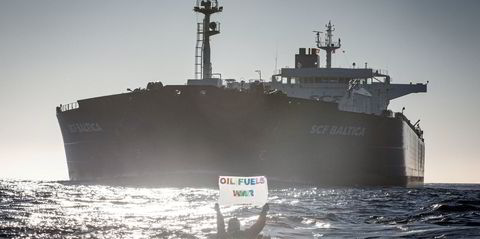War risk cover returned to the headlines over the summer following a series of attacks on shipping around the Strait of Hormuz.
Estimates put total claims as the result of terrorist attacks on four ships, and the capture of the 50,000-dwt Stena Impero (built 2018), at around $100m. The claims fell mainly on Norway’s DNK, the Swedish Club and Japanese war risk underwriters.
Spiralling rates
The attacks resulted in war risk premiums at one time spiralling up to $500,000 per week for a ship valued at $100m and operating in the region.
However, brokers point out that these rates would have fallen considerably if security recommendations were followed. Most charter-party clauses allow additional war risk costs to be passed onto the charterer or shipper.
Marine underwriter Allianz says the recent developments mark a stark contrast to the relatively quiet time war risk insurers have had in recent years.
Its figures show the 1980s was the decade when shipping suffered the most war risk-related incidents. A total of 184 vessels were attacked during the Iran-Iraq War between 1980 and 1988. The most famous of those was the sinking of the ULCC Seawise Giant (built 1976) off Iran in 1988.
Between 2013 and 2018, Allianz recorded only 11 war-related attacks on shipping, mostly off Libya and Yemen.
Large claim
One of the largest recent war risk claims, amounting to around $77m, was for the loss of the 150,000-dwt suezmax tanker Brillante Virtuoso (built 1992) following a pirate attack off Yemen. The claim is being contested by war risk underwriters in the UK High Court in London.
However, war risk cover has also changed as a result of the recent attacks in the Strait of Hormuz. Not only has the Middle East Gulf waterway been added to enhanced risk areas, but cover has also had to be adapted to reflect the potential for state capture of vessels.
Following the capture of the Stena Impero by Iran’s Revolutionary Guard, underwriter Hiscox introduced a loss of hire product directly related to seizure by a nation state.
Technology is also playing a role in changing war risk cover. Automatic placement of war risk cover when a ship sails into a high-risk area, most recently introduced by DNK, is now growing and leading the way in automated insurance placement.
Instances of cyber exclusion are increasing while there is recognition within Lloyd’s that the risk needs to be looked at separately
SIGCo president Neil Clemens
Cyber risks
Cyber cover, like war risk, is also excluded from standard hull and machinery contracts but recent cyber attacks on corporations have encouraged insurers to seek solutions to the growing risk.
Shipowners must also have a cyber risk strategy in place under the revised International Safety Management Code.
Beazley has introduced its own cyber product — Cyber Defence for Marine. To qualify for cover, shipowners must undertake a cyber risk assessment and attend workshops.
However the Lloyd’s syndicate war risk cover from hull and machinery providers can be expensive and comes with conditions.
Bermuda-based insurance firm SIGCo has come up with a low-cost product, which it provides as a third party, that can be added to existing hull and machinery cover.
Growing pressure
SIGCo president Neil Clemens says there is increasing pressure on owners to have cyber cover in place.
“Instances of cyber exclusion are increasing while there is recognition within Lloyd’s that the risk needs to be looked at separately,” he says.
We think there is a need for a simple and inexpensive product, that shipowners can get their head around quickly
SIGCo president Neil Clemens
He feels the requirements of some providers, such as attending courses and auditing, are too time consuming and costly for owners.
“We’ve taken the view the shipowner does not want all that,” he says. “Shipowners already have sophisticated IT departments and it’s really up to them what they want to do.
“We think there is a need for a simple and inexpensive product, that shipowners can get their head around quickly. Something with clearly defined policy terms that gives them certainty of cover.”






